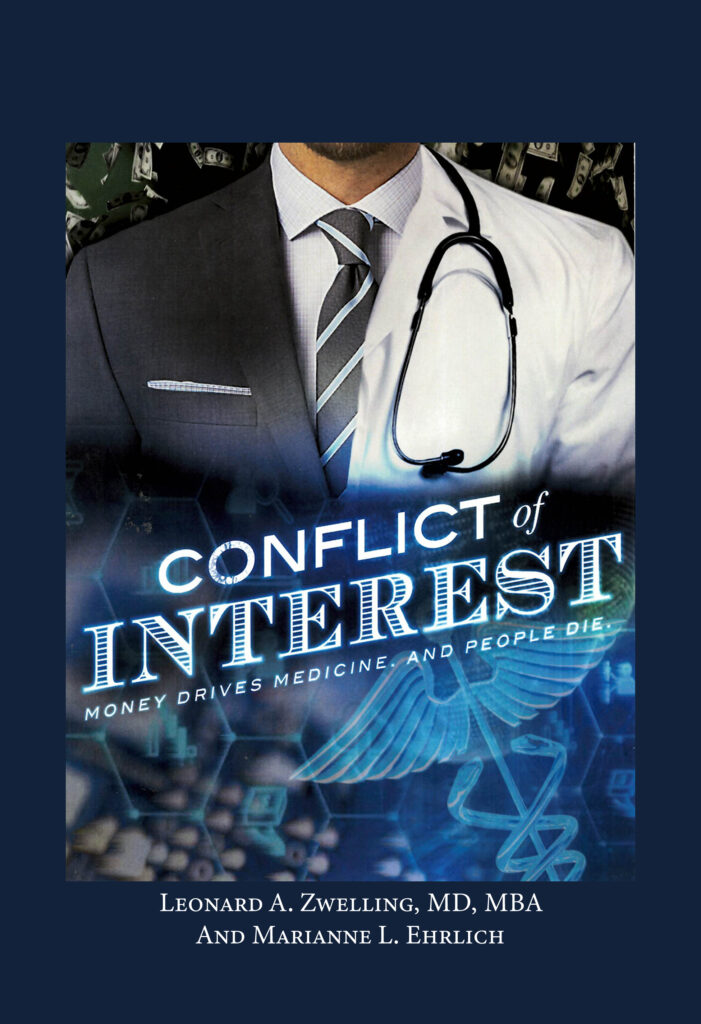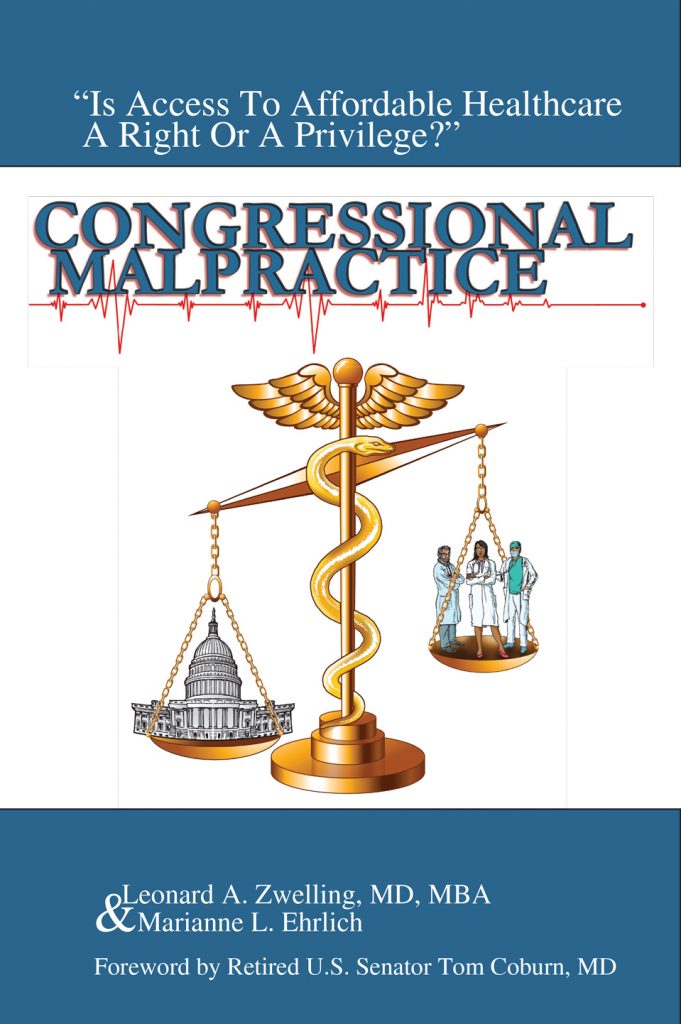The
Silence of the Docs
By
Leonard
Zwelling
It has been a fascinating transition to
go from the largest and most prestigious academic cancer center in the nation
to one of the foremost federally-qualified health clinics in Texas. The
fascination stems not from the differences, but from the similarities.
First, you would think that the problems
of the two places would be completely different. They aren’t because they are the
ones plaguing health care throughout the nation. In a nutshell, while the doctors
were sleeping, the bean counters and operations managers took over. As medicine
grew bigger and more prosperous (for some), the mechanism by which patient care
was paid for altered. What was once direct payments from patients to doctors
became indirect payments to those doing medicine from large entities used to
disperse risk and make a profit at it (insurance companies). This all was an outgrowth
of wartime wage and price controls. Private health insurance formerly a benefit
now an entitlement for those employed was followed by government insurance for
those over 65. Today fully half of all health care is government supported.
This so-called “system” used to pay for health care not to provide it, has
marginalized physicians in the entire process of health care governance. This
is true everywhere doctors work from academic cancer centers to
federally-qualified health clinics.
Second, a corollary is that the docs
don’t run operations any more than they run the money. They don’t run the
health care provision entities (large practices), they have no effective group
spokespeople or lobbyists, and they can’t seem to get on the same page with
regard to what is really important, concentrating instead on grasping for the
last vestiges of personal prosperity as the essence of what doctors should be,
patient advocates, is left to lay people with disease-specific advocacy web
sites containing information of variable scientific veracity. (And for you
oncologists out there, do you really think the colored ribbon du jour on your
white coat has cured anyone?)
Third, frankly, no matter how hard
organizations in medicine seem to claim to want to diversify their membership,
when it comes to the executive suite, it is still mostly white guys. I must
admit we at Legacy do better than Anderson as half of the members of our
executive team are women and we even have some diversity in sexual orientation.
But we have to look like America if we are going to serve America by leading
American medicine.
Fourth, we still mouth the words quality and
efficiency without defining either. Efficiency should really be about producing
whatever your product is at the lowest cost while quality is fluid in its definition.
In medicine there is functional quality (patient satisfaction, how nice are the
nurses, how difficult is parking) and technical quality. The latter has two
components: box checking (doing the right things) and outcomes (doing the right
things while increasing benefits and decreasing adverse events). Outcomes have
to be measured objectively. For the most part, medicine is still stuck in
paying others with regard to assessing patient satisfaction and making sure all
the boxes are checked in the electronic medical record to become a
patient-centered medical home (that would be managed care with lipstick). Real
technical quality as in outcomes, is still largely unquantified making it truly
difficult to compare providers of health care as to the quality that counts–that
which can be measured objectively and where medical intervention altered the
natural history of a disease—one patient at a time. This becomes particularly important if YOU are the patient.
How many of you actually believe that the
stage 4 lung cancer patients seen at Anderson do significantly better than
those seen at Cancer Treatment Centers of America or Texas Oncology?
Personally, I believe that MD Anderson is the place to go for cancer-specific
surgery, complex radiotherapy and experimental chemotherapy and cellular
therapies. I would also like my cancer’s slide and my radiographic studies
assessed by MD Anderson’s pathologists and radiologists. After that, I suspect
Anderson does not do better than any place else competent to treat primary
breast cancer because what to do is well known for now.
Nothing I have just described is being
driven by the doctors. It should be.
It is only the health care professionals led
by physicians and their critical partners known as patients who can determine
what is best for the individual patient for that is an integration of art and
science, opinion and experience, measurement and feeling. Medicine is still
“practiced” suggesting none of us is as good as we will be eventually. (This
does not apply to old guys like me who haven’t seen a patient in years except
across a hospital cafeteria, a clinic lobby or more frighteningly in my
bathroom mirror).
One of my major focuses at Legacy has been
trying to energize the younger physicians and other care providers in getting
involved in the important decision making as we strive for designation as a
patient centered medial home and spread beyond Houston to care for those in
need in Baytown and Beaumont. We doctors must lead.
I have also implored those I left behind at
Anderson to do the same, but largely to no avail. MD Anderson simply cannot be
led by people without knowledge of modern clinical cancer care for that is the
activity that is most critical to the long-term well-being of Anderson and its
patients. The current leadership of Anderson is not so oriented. It is run by
lab jockeys (I should know. I was one), bean counters (I have that degree, too)
and attorneys (the degree that got away). Bluntly, what the heck do they know
about patient care?
It is the silence of the docs that has
allowed this to start, take hold and own all of medicine. It is time to awaken
the sleeping giant that is the medical community. It is time to take back our
profession, docs. Let’s get busy.




